Peace Lily Companion Plants That Will Make Your Home Look Stunning
Peace lilies are a popular choice for indoor plants because they are relatively easy to care for and can thrive in low-light conditions. However, peace lilies can look even more stunning when they are paired with other companion plants.
When choosing companion plants for peace lilies, it is important to consider the following factors:
- Light requirements: Peace lilies prefer bright, indirect light, but they can also tolerate low-light conditions. When choosing companion plants, make sure that they have similar light requirements.
- Watering needs: Peace lilies need to be watered regularly, but they should not be overwatered. When choosing companion plants, make sure that they have similar watering needs.
- Humidity requirements: Peace lilies prefer humid environments. When choosing companion plants, make sure that they can tolerate high humidity levels.
- Growth habit: Peace lilies are relatively low-growing plants. When choosing companion plants, make sure that they have a similar growth habit so that they do not outgrow each other.
Here are some of the best companion plants for peace lilies:
- Spider plants: Spider plants are another easy-care indoor plant that is perfect for low-light conditions. They have long, trailing vines that can be trained to cascade over the edge of a pot or basket. Spider plants are also known for their air-purifying properties.
- ZZ plant: ZZ plants are also known for their low-maintenance care requirements. They can tolerate low light and infrequent watering. ZZ plants have thick, glossy leaves that add a touch of elegance to any room.

- Snake plant: Snake plants are another hardy plant that can thrive in low-light conditions. They have long, pointed leaves that can add a dramatic touch to any room. Snake plants are also known for their air-purifying properties.

- Philodendron: Philodendrons are a diverse group of plants that come in a variety of shapes and sizes. Some philodendrons are vining plants, while others are bushy plants. Philodendrons prefer bright, indirect light and moist soil.
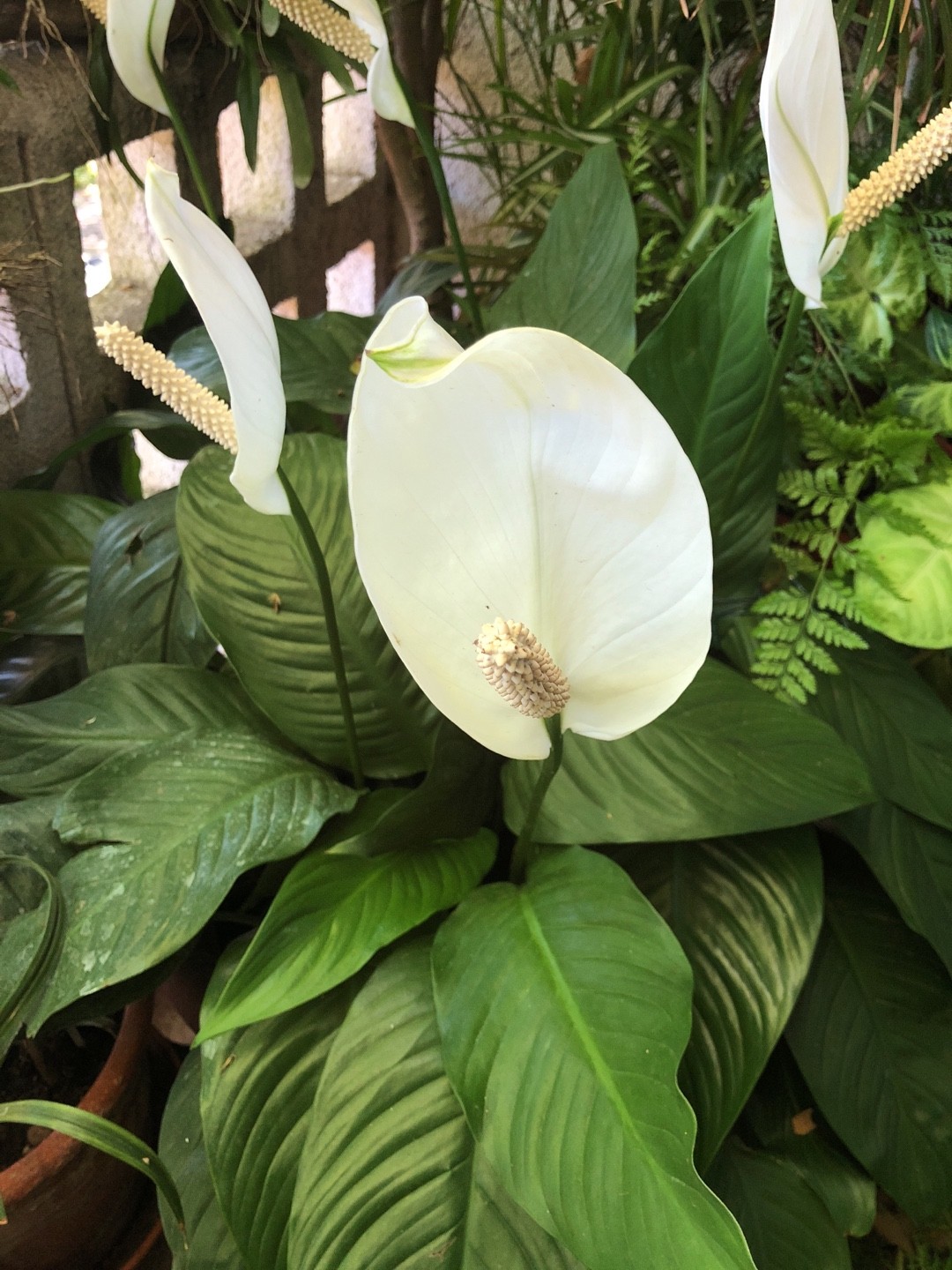
- Pothos: Pothos are another popular vining plant that is perfect for low-light conditions. They have glossy, heart-shaped leaves that can add a touch of tropical flair to any room. Pothos are also known for their air-purifying properties.
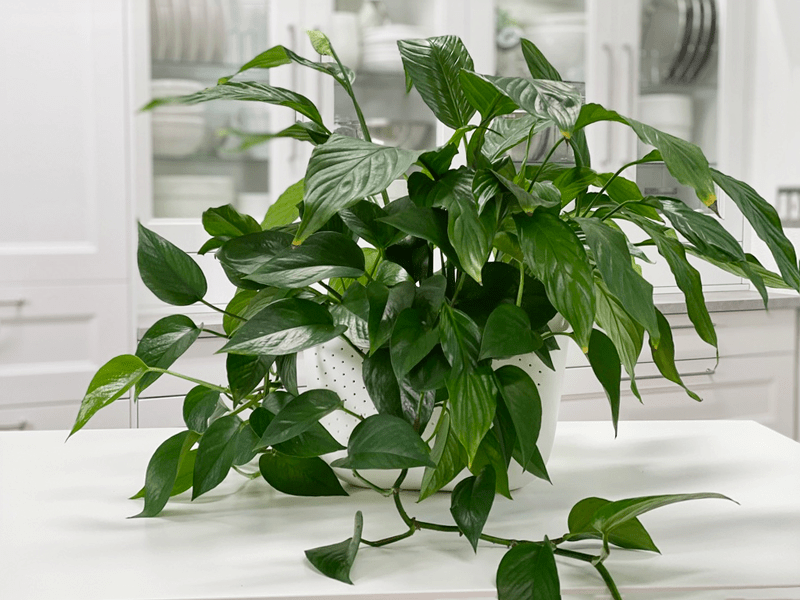
- Ferns: Ferns are a great way to add a touch of lushness to any room. They prefer bright, indirect light and moist soil. When choosing ferns for your peace lily, make sure to choose ferns that have similar light and moisture requirements.

- Caladiums: Caladiums are tropical plants that are known for their colorful leaves. They prefer bright, indirect light and moist soil. Caladiums are not as low-maintenance as some of the other plants on this list, but they can add a touch of brightness and color to any room.

When planting peace lilies with companion plants, it is important to choose a pot that is large enough for all of the plants to grow comfortably. You should also make sure that the pot has drainage holes to prevent the roots from sitting in water.
Once you have planted your peace lilies and companion plants, you can enjoy their beauty for years to come. With a little care and attention, these plants will thrive in your home and help to create a healthy, air-purifying environment.
Peace lilies are beautiful and easy-care houseplants, but they can be even more stunning when paired with the right companion plants. Some of the best companion plants for peace lilies include:
- Spider plants: Spider plants are another low-maintenance houseplant that prefers bright, indirect light and moist soil. They also have long, trailing leaves that can help to add visual interest to a pot with peace lilies.
- Pothos: Pothos is another popular houseplant that is known for its air-purifying properties. It is also tolerant of low light conditions, making it a good choice for peace lilies that are placed in darker corners of the home.
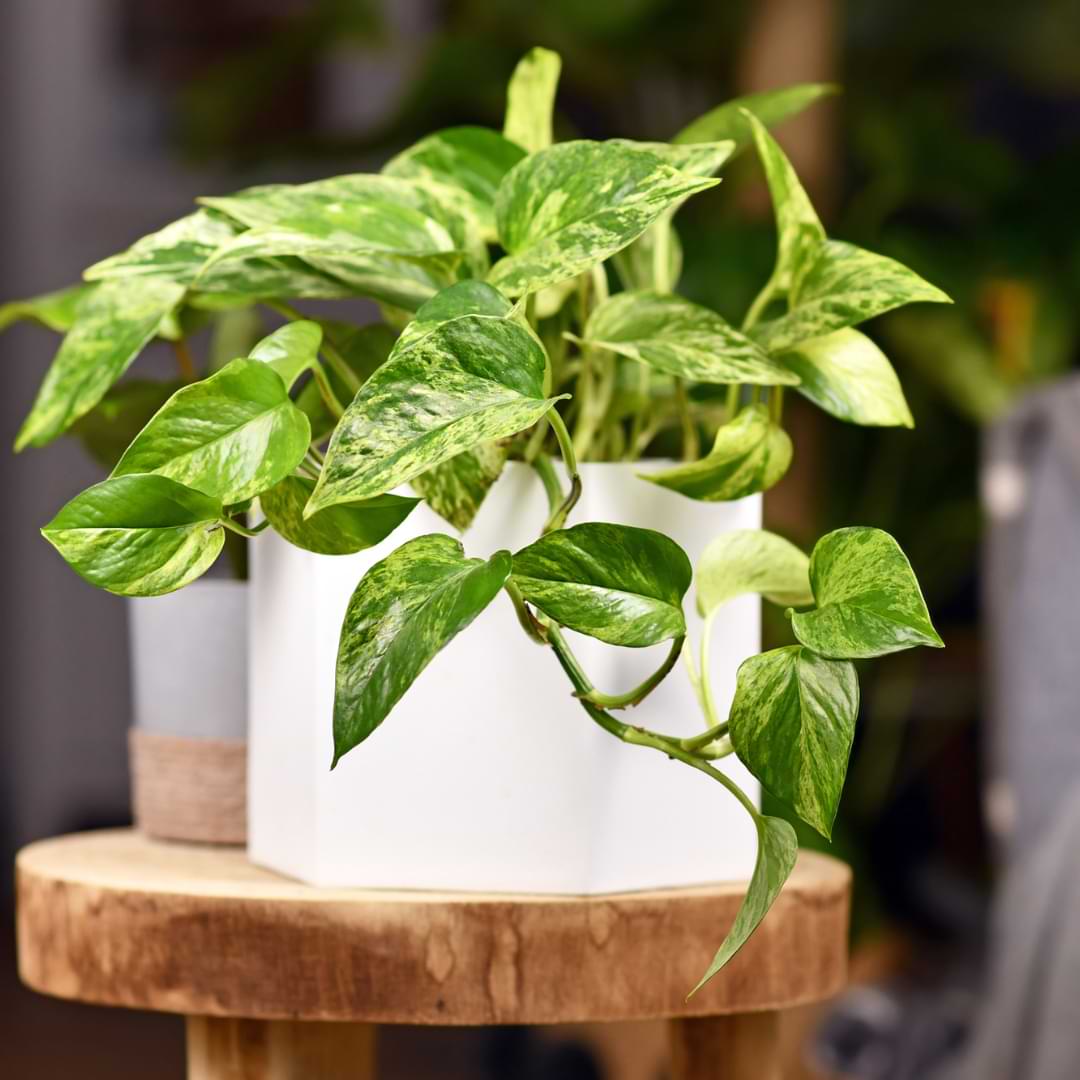
- Ferns: Ferns add a touch of elegance to any indoor space, and they can also help to improve the humidity levels in the air. Peace lilies and ferns have similar moisture requirements, so they make a good pair.
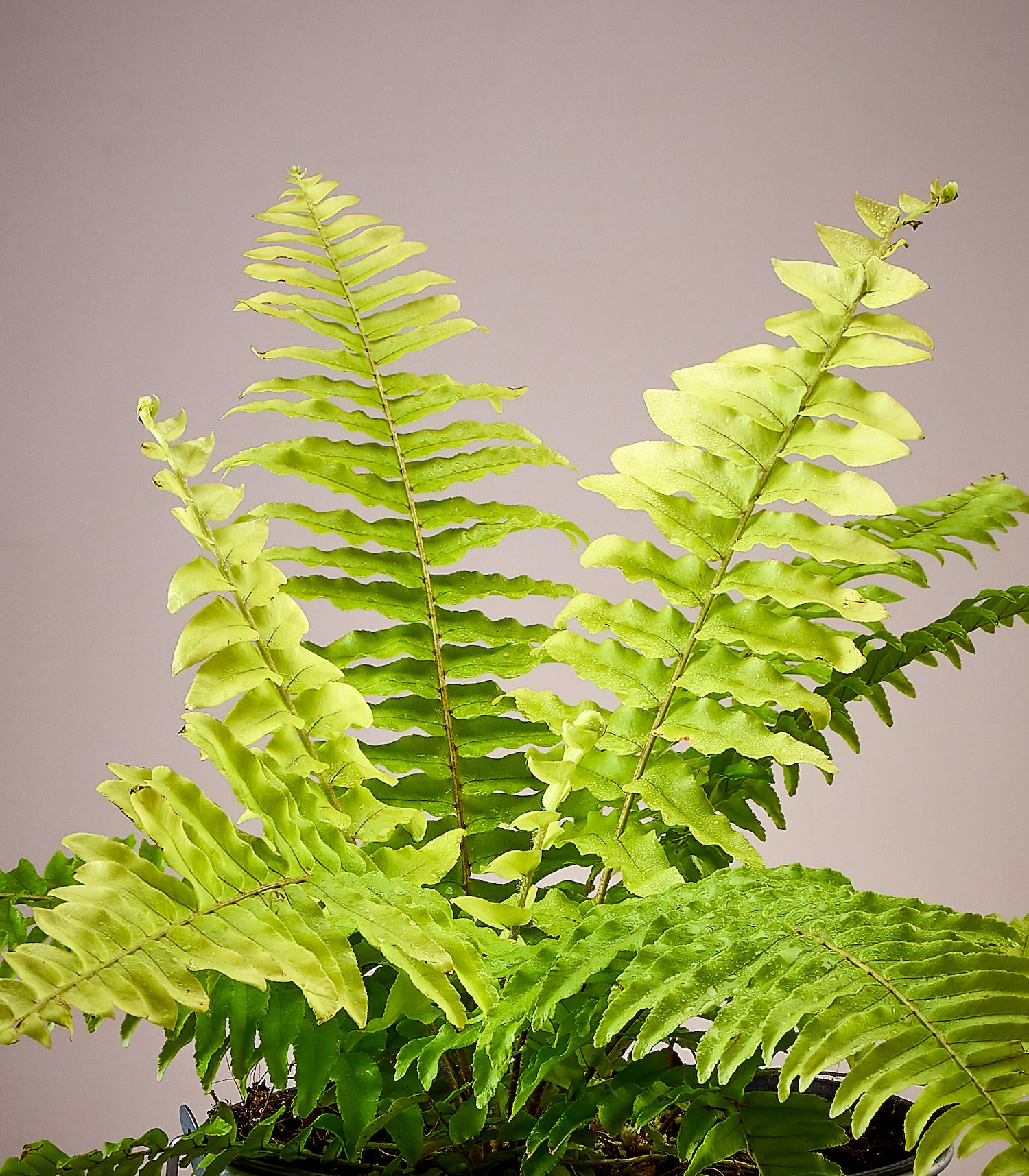
- Caladiums: Caladiums are colorful plants that add a pop of brightness to any room. They prefer bright, indirect light and moist soil, and they can tolerate some periods of drought.
- False aralia: False aralia is a tropical plant that has large, glossy leaves. It prefers bright, indirect light and moist soil, and it can grow quite large, making it a good choice for a statement plant.
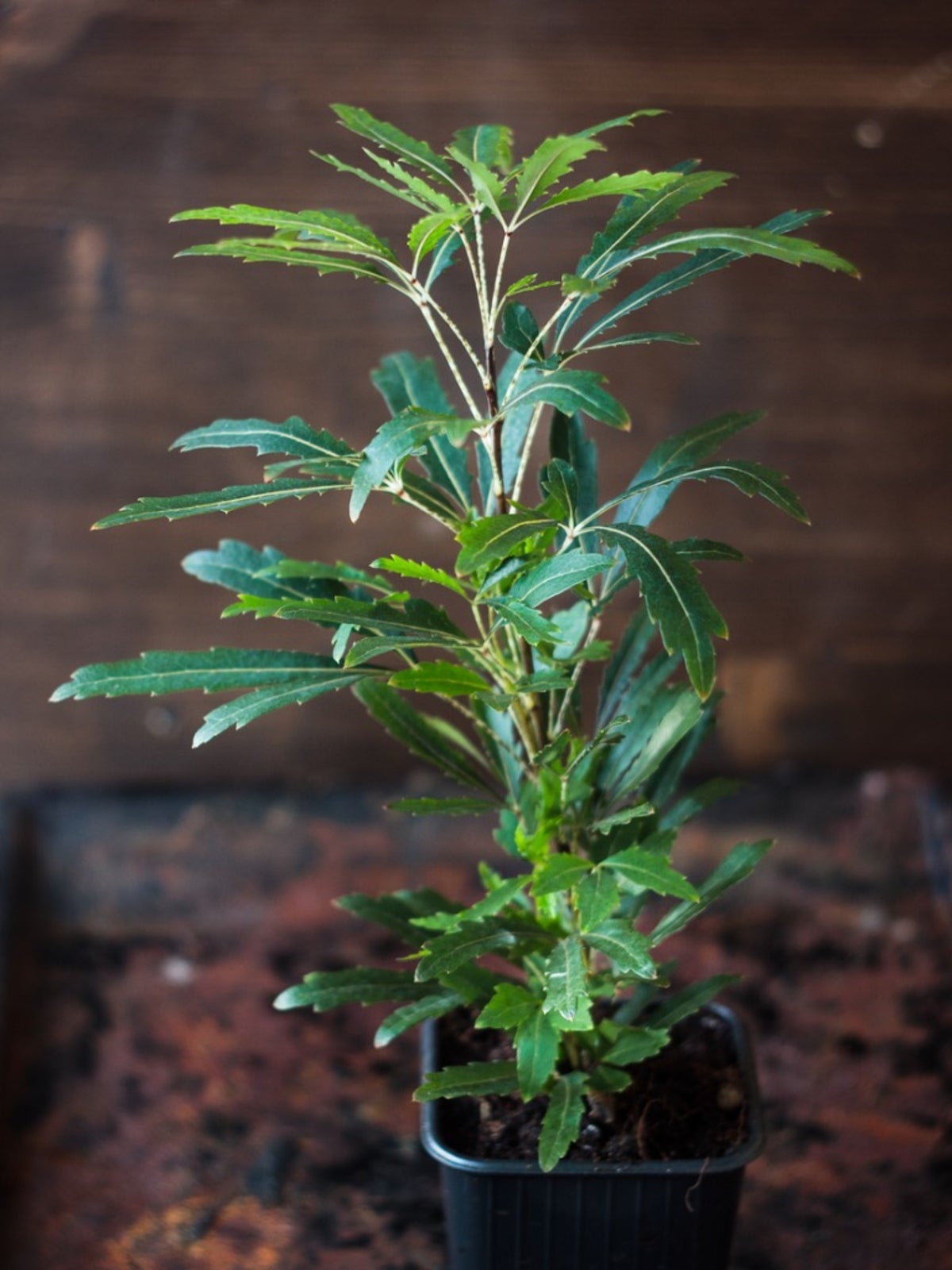
If you are looking for some inspiration for peace lily companion plants, be sure to visit Gardenia Inspiration. This website has a comprehensive list of plants that are compatible with peace lilies, as well as tips on how to care for them.
FAQ of peace lily companion plants
- What are some good companion plants for peace lilies?
Peace lilies are relatively low-maintenance plants that can thrive in a variety of conditions. However, they do best when they are planted with other plants that have similar light and water requirements. Some good companion plants for peace lilies include:
* Spider plants are another low-maintenance plant that is tolerant of low light and infrequent watering. They can help to improve the air quality in your home, and their long, cascading leaves can add a touch of elegance to any space.
* ZZ plants are also very easy to care for and can tolerate a wide range of conditions. They are known for their dark green, glossy leaves that can add a touch of drama to any room.
* Snake plants are another drought-tolerant plant that is perfect for busy people or those who forget to water their plants regularly. They are also known for their air-purifying abilities.
* Fiddle-leaf figs are a popular choice for indoor plants because of their large, lush leaves. They require a bit more light and water than peace lilies, but they can be a beautiful and elegant addition to any home.
* Pothos are another versatile plant that can be grown in a variety of conditions. They are known for their trailing vines that can add a touch of greenery to any space.
- What are some plants that should not be planted with peace lilies?
There are a few plants that should not be planted with peace lilies, as they can compete for water and nutrients. These plants include:
* Philodendrons are another popular indoor plant that can grow quite large. They require a lot of water and nutrients, which can stress out peace lilies.
* Alocasia plants are known for their large, colorful leaves. However, they can be quite demanding in terms of water and light, and they may not be compatible with peace lilies.
* Dracaena plants are another type of foliage plant that can grow quite tall. They require a lot of light and water, and they may not be compatible with peace lilies in smaller spaces.
* Monstera plants are known for their distinctive leaves with holes. They require a lot of light and water, and they may not be compatible with peace lilies in low-light conditions.
* Rubber plants are another popular indoor plant that can grow quite large. They require a lot of water and nutrients, which can stress out peace lilies.
- How long do peace lilies live?
Peace lilies can live for several years with proper care. In ideal conditions, they can live for up to 20 years. However, they may not live as long if they are not given enough light, water, or nutrients.
- How do I care for peace lily companion plants?
The best way to care for peace lily companion plants is to provide them with the same conditions that you would provide for peace lilies. This means giving them indirect sunlight, moist soil, and a warm temperature. You should also fertilize them regularly with a balanced fertilizer.
- How do I propagate peace lily companion plants?
Most peace lily companion plants can be propagated by division. To do this, simply divide the plant into several sections, each with at least one root and a few leaves. Plant the divisions in moist soil and keep them in a warm, shady spot. They should root in a few weeks.


Post a Comment for " Peace Lily Companion Plants That Will Make Your Home Look Stunning"